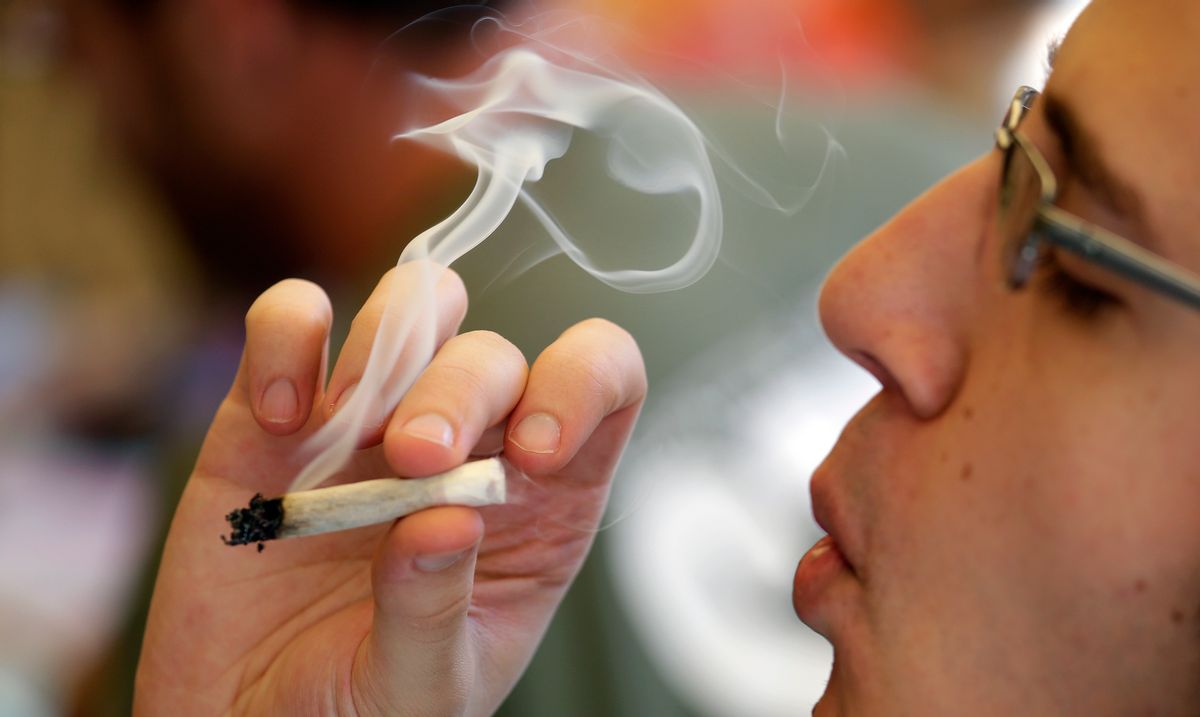More American workers are testing positive for illegal drugs than at any time in the last 12 years, according a study from Quest Diagnostics Inc., one of the nation’s leading workplace-testing labs.
The testing company’s analysis examined more than ten million workforce urine drug test results and revealed that overall positivity among the combined U.S. workforce in 2016 was 4.2 percent, a 5 percent relative increase over 2015’s rate of 4 percent, and the highest annual positivity rate since 2004 (4.5 percent).
[salon_video id="14769183"]“This year’s findings are remarkable because they show increased rates of drug positivity for the most common illicit drugs across virtually all drug test specimen types and in all testing populations,” said Barry Sample, senior director of science and technology for Quest Diagnostics Employer Solutions. “Our analysis suggests that employers committed to creating a safe, drug-free work environment should be alert to the potential for drug use among their workforce.”
Positive results for marijuana continued to climb. According to the report:
In oral fluid testing, which detects recent drug use, marijuana positivity increased nearly 75 percent, from 5.1 percent in 2013 to 8.9 percent in 2016 in the general U.S. workforce. Marijuana positivity also increased in both urine testing (2.4 percent in 2015 versus 2.5 percent in 2016) and hair testing (7.0 percent in 2015 versus 7.3 percent in 2016) in the same population.
In Colorado and Washington, the first states to legalize recreational marijuana, the positivity rate for marijuana outpaced the national average in 2016 for the first time since the statutes took effect. The increase was larger in Colorado, which increased 11 percent (2.61 percent in 2015 versus 2.90 percent in 2016), than in Washington, which increased 9 percent (2.82 percent in 2015 versus 3.08 percent in 2016). California’s rate of 3.9 percent was lower than the national rate of 4.2 percent.
“We have been tracking the trends in marijuana positivity in states that have passed medical and recreational marijuana use statutes for several years now. 2016 is the first year since Colorado and Washington approved recreational use that the rates of year-over-year change were sharply higher than the national average,” said Dr. Sample.



Shares